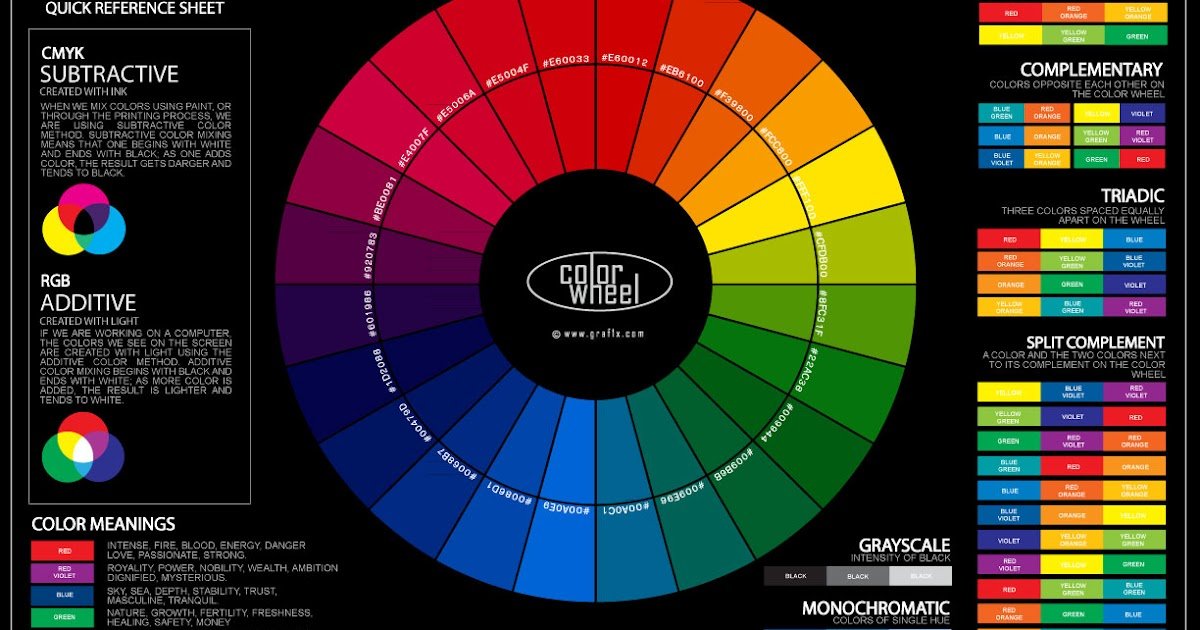Color is one of the most powerful tools in an artist’s arsenal. It has the ability to evoke emotions, create depth, and convey meaning without the need for words. At the heart of understanding how color works in art lies color theory, a framework that guides artists in making intentional and impactful choices. From the vibrant hues of Van Gogh’s “Starry Night” to the subtle tones of Monet’s water lilies, color theory plays a pivotal role in shaping the aesthetics of art. But what exactly is color theory, and how does it influence the way we perceive and create art? Let’s explore.
What is Color Theory?
Color theory is a set of principles and guidelines that explain how colors interact, complement, and contrast with one another. It originated from the work of scientists and artists like Isaac Newton, who developed the color wheel in the 17th century, and Johannes Itten, who expanded on the emotional and psychological effects of color. The color wheel is the foundation of color theory, organizing colors into primary (red, blue, yellow), secondary (green, orange, purple), and tertiary categories. This system helps artists understand relationships between colors and how to use them effectively.
The Psychological Impact of Color
One of the most fascinating aspects of color theory is its ability to influence emotions and perceptions. Warm colors like red, orange, and yellow are often associated with energy, passion, and warmth, while cool colors like blue, green, and purple evoke calmness, serenity, and introspection. Artists leverage these psychological effects to create a specific mood or atmosphere in their work. For example, Pablo Picasso’s Blue Period is renowned for its melancholic and somber tone, achieved through the dominant use of cool blue hues.
Harmony and Contrast in Art Aesthetics
Color harmony is a key concept in color theory that refers to the pleasing arrangement of colors. Harmonious color schemes, such as complementary (colors opposite each other on the color wheel) or analogous (colors next to each other), create a sense of balance and unity in a piece. On the other hand, contrasting colors can add drama and tension, drawing the viewer’s attention to specific areas of the artwork. For instance, the use of complementary colors like red and green in Henri Matisse’s works creates a dynamic visual experience that captivates the viewer.
The Role of Color in Composition
Color theory also plays a crucial role in the composition of an artwork. Artists use color to guide the viewer’s eye, create focal points, and establish a sense of depth. For example, warm colors tend to advance in a painting, making them ideal for highlighting important elements, while cool colors recede, helping to create background depth. This technique is evident in the works of the Renaissance masters, who used color to achieve realistic perspective and dimensionality.
Cultural and Symbolic Meanings of Color
Beyond its visual and emotional impact, color carries cultural and symbolic significance. Different cultures associate colors with various meanings, which artists can use to add layers of meaning to their work. For example, in Western cultures, white often symbolizes purity and peace, while in some Eastern cultures, it represents mourning. Artists like Frida Kahlo and Yayoi Kusama have used color symbolically to convey personal and cultural narratives, enriching the aesthetic and emotional depth of their art.
Modern Applications of Color Theory
In contemporary art, color theory continues to evolve. Digital artists, graphic designers, and even filmmakers rely on color theory to create visually compelling works. Tools like Adobe Color and Pantone guides have made it easier for artists to experiment with color palettes and achieve precise results. Moreover, the rise of abstract art has pushed the boundaries of traditional color theory, with artists like Mark Rothko using color fields to evoke profound emotional responses.
Conclusion
Color theory is more than just a technical aspect of art—it’s a language that speaks to the soul. By understanding the principles of color harmony, contrast, and symbolism, artists can create works that resonate deeply with their audience. Whether it’s the calming blues of a seascape or the fiery reds of an abstract expressionist piece, color theory remains an essential element in the aesthetics of art. As artists continue to explore and innovate, the role of color theory will undoubtedly remain central to the ever-evolving world of art.
